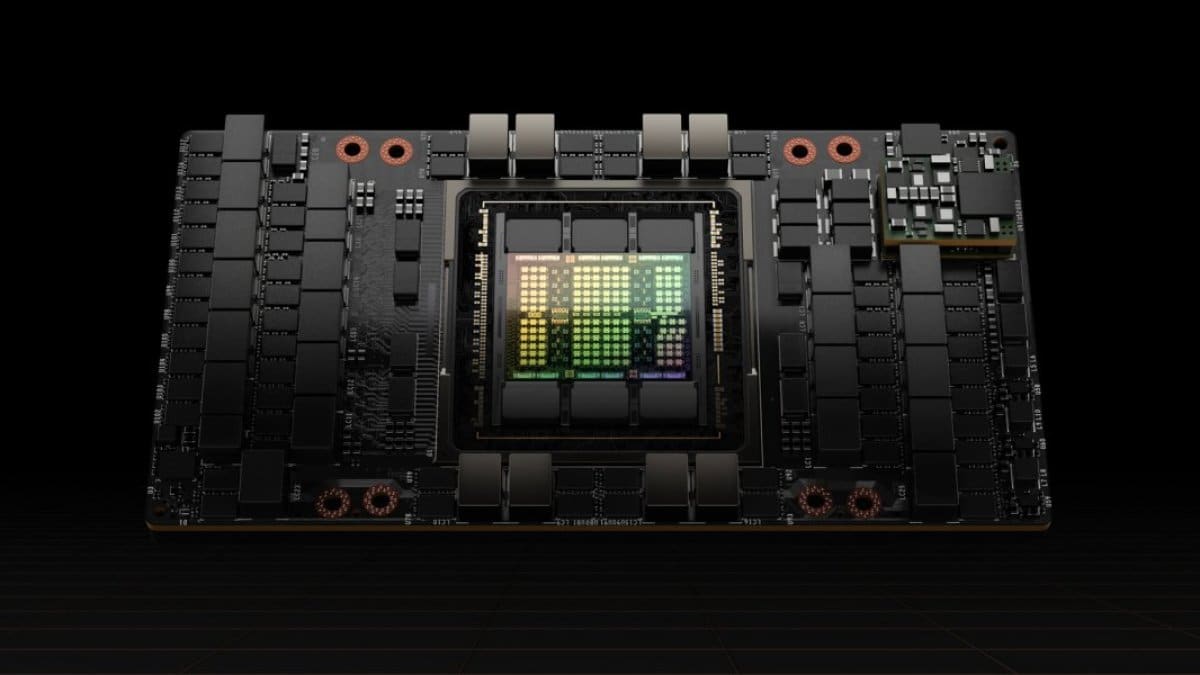A new bill seeks to enhance control over advanced chips through mandatory geolocation technologies, impacting Nvidia, AMD, Intel, and other industry giants.
The U.S. government has taken a new step in its strategy to control access to sensitive technologies by introducing a bill that would require geographic tracking of all high-performance processors used in artificial intelligence (AI), high-performance computing (HPC), and advanced graphics cards.
The measure, introduced by Senator Tom Cotton (Arkansas), proposes that manufacturers such as Nvidia, AMD, and Intel integrate geo-tracking technologies directly into their most powerful chips. The aim is to enable the Department of Commerce to verify their physical location after export, preventing these components from falling into the hands of unauthorized foreign actors, especially China.
What does the bill cover?
The proposal includes products classified under the ECCN (Export Control Classification Number) codes 3A090, 4A090, 4A003.z, and 3A001.z, which encompasses:
- High-end AI processors
- Servers for AI and HPC
- Rack solutions and data centers
- Extreme consumer graphics cards (like the Nvidia RTX 4090 or 5090)
These products will need to incorporate integrated tracking mechanisms that allow their location to be verified at all times within six months of the law coming into effect.
A technical and logistical challenge for the industry
The development of advanced processors involves years of research and design. Adding new geo-tracking mechanisms to products already designed or in development poses serious technical and commercial challenges, industry sources acknowledge. This affects not only manufacturers but also distributors and data centers that work with controlled export hardware.
Furthermore, the bill requires manufacturers to notify the Bureau of Industry and Security (BIS) if they detect redirection of chips to unauthorized destinations, hardware tampering, or suspicions of misuse.
Ongoing oversight and technological safeguards
The bill also establishes a three-year annual review schedule by the Department of Commerce and the Department of Defense, aiming to identify new protective mechanisms and assess advances in security technologies applicable to these products. If necessary, these mechanisms will become new mandatory requirements, with regulations defined within two years.
However, the text also includes guarantees to protect the confidentiality and trade secrets of affected companies. Any tracking system must be implemented in a way that does not compromise intellectual property or the competitiveness of the U.S. industry.
National security vs. supply chain
The tracking proposal is set against a backdrop of increasing technological tension between the U.S. and China, especially concerning advances in quantum computing, artificial intelligence, and supercomputing. Washington views these technologies as having high strategic value and potential military use, and seeks to limit their dissemination to rival powers.
However, representatives from the tech sector warn that imposing physical and technical controls on commercial chips could slow down the global supply chain, raise production costs, and affect the innovation capacity of U.S. companies compared to their international competitors.
The measure still has to go through the necessary legislative procedures, but it has already generated intense debate between national security advocates and those warning of a potential boomerang effect on the U.S. industry.
Summary of key measures in the bill:
| Measure | Description |
|---|---|
| Mandatory Geo-tracking | Chips and GPUs under export control must incorporate physical tracking. |
| Initial Timeline | Six months after the law’s enactment for initial implementation. |
| Location Registry | The Department of Commerce will manage a centralized registry. |
| Mandatory Reporting | Companies must report deviations or hardware tampering. |
| Annual Studies and Reviews | Ongoing evaluation of new security measures for three years. |
| Intellectual Property Protection | Mechanisms must preserve technological confidentiality. |
The industry is closely watching the development of this regulation, which could profoundly transform how the world’s most powerful processors are designed, manufactured, and distributed. Meanwhile, the race for global technological dominance continues to escalate from laboratories to parliaments.
Source: tomshardware.com

